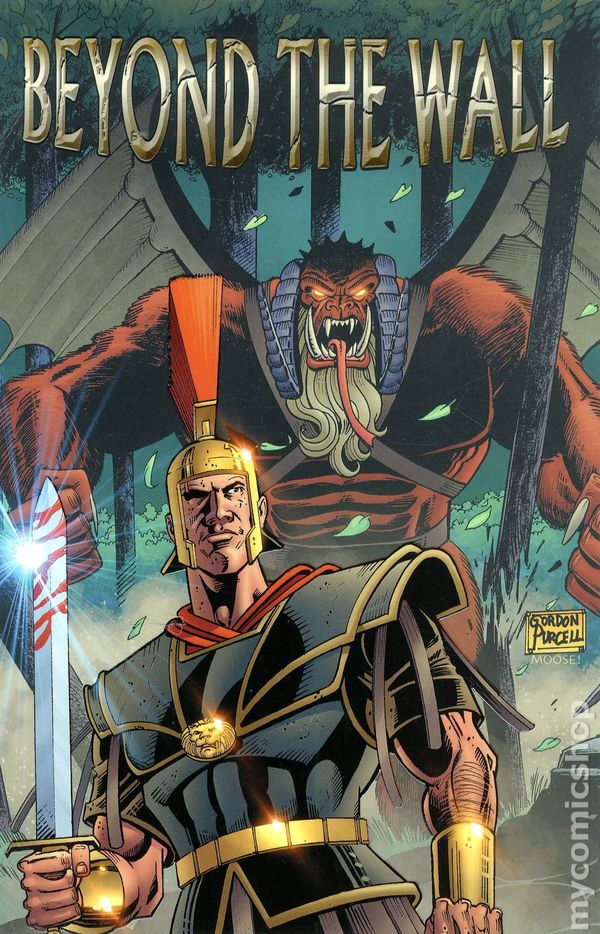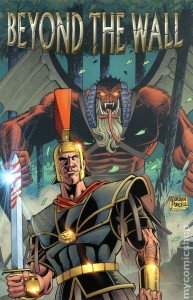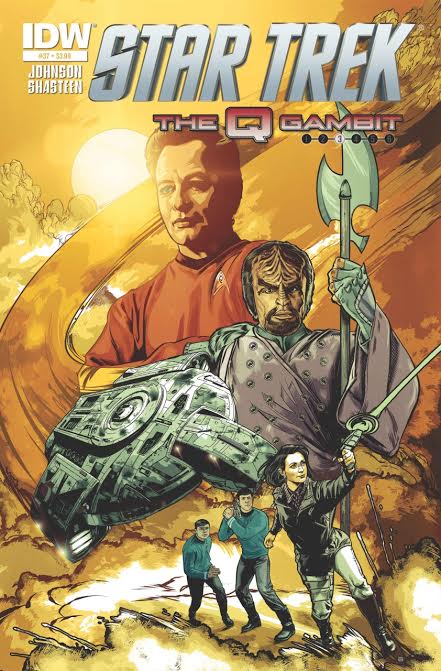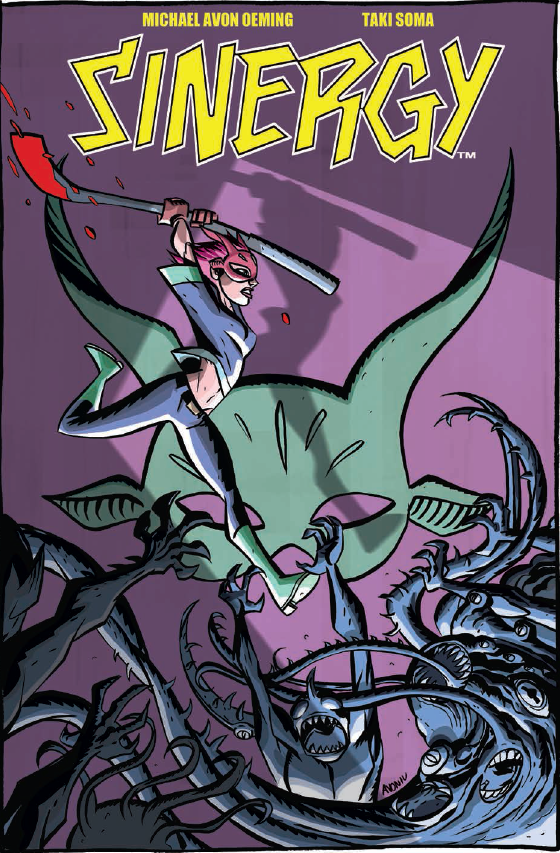“Beyond the Wall” follows Marcus Malleoulus and his unit, stationed at Hadrian’s Wall. Due to some subterfuge, Malleoulus and his men are accused of letting a barbarian slip in and murder the emperor’s son. In a heroic moment just weeks from his paid retirement, Malleoulus defies Roman authority after a quarter century of loyal service and escapes with his men. They encounter Brynna, a Pictish exile who helps them navigate the untamed lands.
Published by IDW, “Beyond the Wall” is written by Matt Venne, illustrated by Gordon Purcell, and colored by Moose Baumann. Available in trade paperback, it was originally published in four issues.
Historical Details
I am not a scholar when it comes to Roman history, but I did spend a fair amount of time studying Latin and learning about some aspects of the culture when I was younger. From what I can tell, the story seems very well-researched in terms of time, place, and behavior. Readers will learn a couple of new terms and they’ll get to see a decimation in action.
The Woman
The crew eventually meets a female warrior named Brynna. A Pict, she is at first masked, though the mask is forcibly removed by Malleoulus. You get the idea that she’s female from the second panel that includes her, though – for her wild and well-illustrated hair illuminates her power and motion. Brynna wears her mask again in the story and helps the Romans navigate areas infested by mythological creatures.
The meeting of the exiled Romans and Brynna – who has a bit in common with them in that regard – is reminiscent of the fantastic Captain America versus Thor battle in “The Avengers” movie. I like that they earn each other’s respect in turn this way rather than having the whole plot consist of Brynna having to prove herself to the men. They settle it like warriors and move on.
The Guide and The Hero
While Brynna functions as a capable guide, she is, predictably, a love interest for Malleoulus. One pivotal illustration concerning the pair is a masterful full page with a Starry Night style background. While the romance is really rushed, the characters’ initial mutual attraction kept me interested in what would happen next and when they would finally get together.
The Not-So-Awesome Part (For Feminist Readers)
Malleoulus is heroic, but not without some serious character flaws – which is great, because a Gary Stu would be boring. However, after being so enamored with Brynna, he later speaks for his group and calls them Romans. Has he forgotten about her and what the Romans might otherwise do to a woman like Brynna? Sure, she’s an exile of her own people – but that should not be enough to make her love the Romans.
What makes me saddest of all is the last panel in which we see Brynna’s hair. It is no longer unkempt and she looks so civilized, face free of the woad markings that made her so distinct and fierce. Why is it that she had to give up some part of her true nature to accept a life with Malleoulus, but not the other way around? He gained someone to help him navigate life…someone who can keep him in check…but what about who she really is?
There’s nothing wrong with being that for someone; it takes a strength unlike any other kind. (And I get it – I’m married to a Marine.) But ultimately, the only named female character in the story is domesticated by the patriarchy. I have no problem with the fact that it happened in the story, but I strongly dislike the assumption that Brynna is entirely content with this normalcy.
Lastly, there aren’t any people of color in this particular work, although there were actually few to none in Britain at that time. (Of course, there probably weren’t really medusas and such either, but those make an appearance.)
Plot
Action and personal development are staggered well. This is especially challenging considering the amount of historical context the creators must provide to the readers. Again, I wanted more out of Brynna and I regret she changed so much.
Recommendation
I recommend “Beyond the Wall” to any fan of history as well as those who enjoy “Gladiator,” “King Arthur,” or “Spartacus.” Venne ties together various plot threads rather well and at a decent pace. If you’re a feminist and you make this a family read, it’s worth having a discussion with your children about the fate of the only named female character.
Purcell‘s style is old school in the best of ways (I also love his work on the “Star Trek” comics). The creators did an exceptional job of including a focus on character development amid a story packed with action and history. As a novice comic book writer, I read “Beyond the Wall” again to take a look at how the team managed to pull so many story elements together with such cohesion.






